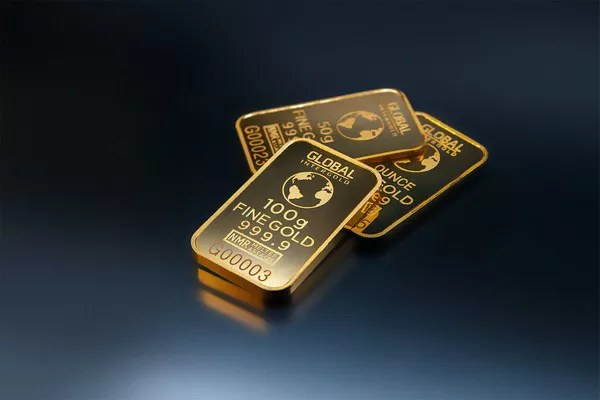Gold prices held steady in Asian trading on Thursday, following a sharp rise to near-record highs in the previous session. The surge was driven by the Federal Reserve’s indication of a possible interest rate cut in September, coupled with increased demand for gold as a safe haven amid escalating tensions in the Middle East.
Spot gold remained stable at $2,446.41 per ounce, while December gold futures rose 0.7% to $2,490.15 per ounce as of 01:26 ET (05:26 GMT).
Fed’s Rate Cut Hints Boost Gold
Gold prices spiked on Wednesday, nearing a record high of $2,483.78 per ounce, following the Federal Reserve’s decision to keep interest rates unchanged, which was in line with expectations. Fed Chair Jerome Powell’s comments about progress towards lower inflation and a cooling labor market, along with the possibility of a rate cut in September, supported the rally.
The market is almost fully anticipating a 25 basis point cut in September, according to CME FedWatch. Lower interest rates are favorable for gold, as they reduce the opportunity cost of holding non-yielding assets. Attention now turns to the July nonfarm payrolls data, set to be released on Friday.
Mixed Performance for Other Precious Metals
Other precious metals showed mixed results but largely retained gains from Wednesday. Platinum futures declined by 0.2% to $984.40 per ounce, while silver futures increased by 0.5% to $29.070 per ounce.
Copper Prices Falter Amid Weak China Data
In contrast, industrial metals struggled, with a rebound in copper prices faltering after disappointing economic data from China. Benchmark copper futures on the London Metal Exchange rose 0.2% to $9,243.50 per tonne, but one-month copper futures fell 0.3% to $4.1833 per pound.
Recent data from China revealed a broad slowdown in manufacturing activity. The Caixin manufacturing PMI data showed an unexpected contraction for July, aligning with a government reading released on Wednesday. This negative sentiment towards China was compounded by the fact that the Caixin data, typically more optimistic than the government PMI, indicated a need for more substantial economic support.
Copper prices had previously rebounded from five-month lows on Wednesday due to optimistic comments from Beijing, which raised hopes for further stimulus. However, the weak PMI data suggests that more significant measures may be required to bolster the economy.


